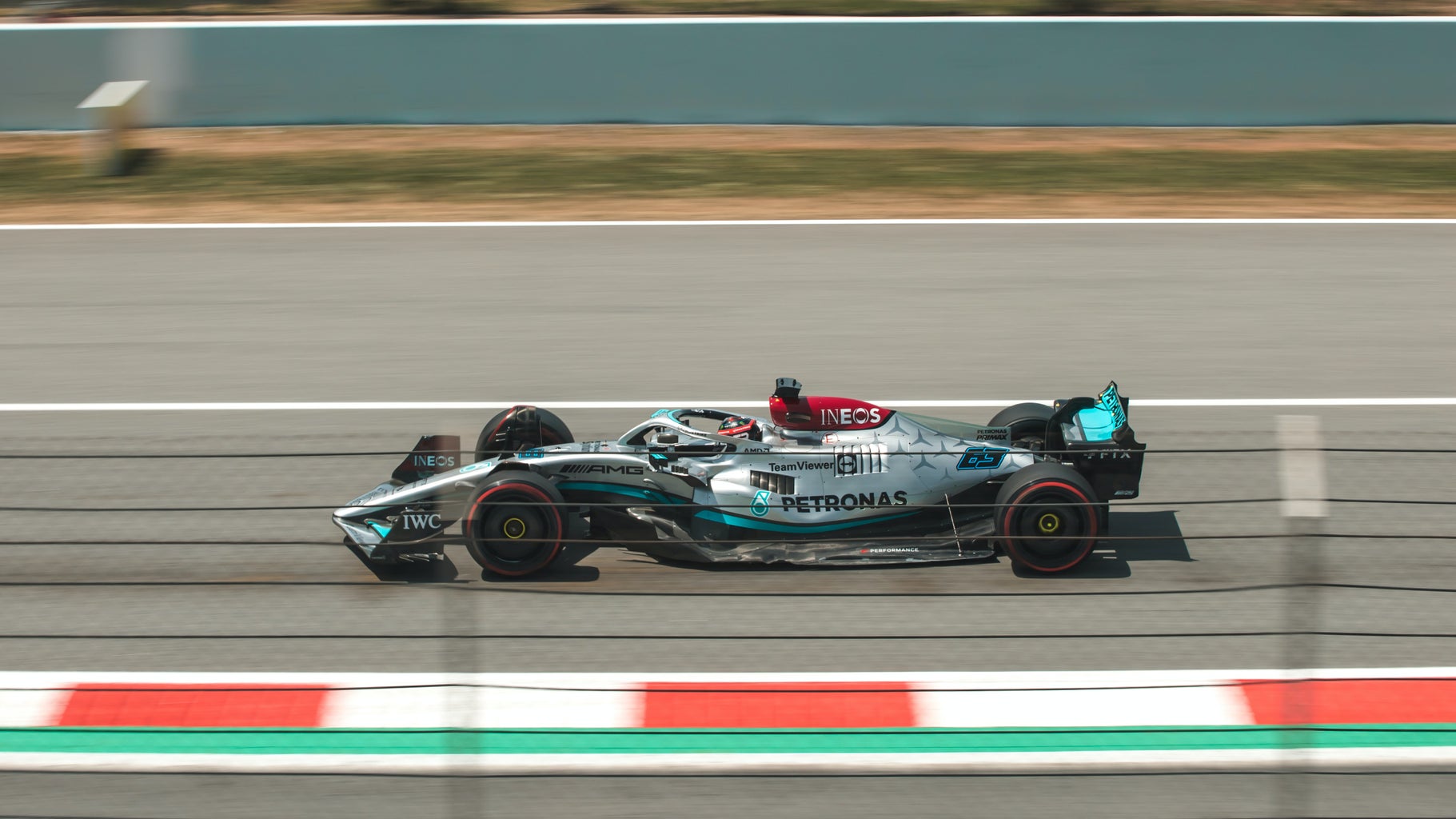Most college girls are into soccer, basketball or football. Just to name a few. For the sport, or maybe the athletes at times, female fans have flocked to the races to watch their favorite F1 teams compete for the podium.
This rise in fangirls could be blamed on Netflix’s series Drive to Survive with many viewers taking an interest in the sport after binging the docuseries. While many fans have their reasons for investing in this motorsport, it is hard not to notice the increased number of female viewers.
What is Formula 1?
The real question you might be wondering is, what is Formula 1 and why is everyone so invested? Good question.
Formula 1 began in 1950, evolving into the prestigious racing competition and motorsport it is today. In essence, it is a series of races, all around the world, that centers around the unique single-seated, open-wheel automobile. Governed and regulated by the FIA, Formula 1 has become one of the most famous and respected motorsports worldwide.
The sport doesn’t just deal with how fast the cars travel although speed is a large portion of what matters in the races. The aerodynamic design of the car is key to its success. That and the design of the engine and tires. It’s required by the FIA that the cars weigh a limit of 796kg, without fuel, for the 2023 season. The Formula 1 tyres are one of the most important parts to pay attention to, for they are the backing behind the performance of the cars on the track.
The car regulations could change each season depending on what the FIA decides to adjust. This could go from figuring out how to change the weight of the car to reconstructing the entire engine even how much money each team can spend on building each car.
A majority of the sport centers around the car’s engineering which is why there is stress on who has the best race engineers, mechanics, strategists and drivers.
Drivers are the faces of the car and the teams they are contracted with. The drivers are important to how the car functions, obviously, because they are the ones racing them and giving input on how the car can be improved. They also become powerful PR tools for the team to encourage more fans to follow to them.
This is a general overview, after all this entire article could talk about the logistics behind the teams, the history, the drivers, the science behind every part of the car, the finances and so on.
Female fans taking the wheel
As mentioned previously, growth in the fan base partly came from the Netflix series Drive to Survive. The docuseries primarily focuses on each team and its drivers. But, it also takes a deep dive into how the sport functions overall. Reaching new fans across 33 countries when it was released in 2017, it has boosted the female fan base up to 40% now compared to 8% in 2017. So why the increase?
Social media has recently played a role in this increase with TikTok and Instagram accounts dedicated to F1 drivers and their thirst traps. What girls can’t simp over their favorite drivers? It’s like saying you can’t have a favorite musician, football player or actor/actress. Harry Styles fans would agree. The spread of F1 content across all media apps and platforms definitely plays a larger role in its continued popularity today.
Many say it is due to the female representation in the sport, however. There is no denying that the sport is male-dominated, but in recent times the sport has gone through many gender changes next to its tire changes. With engineers, mechanics, managers and many other positions in the racing grid being filled by women, female fans have taken a greater interest in the sport.
The influx of women in the grid has sparked many conversations about female drivers in the F1 races.
Future of f1: female racers?
Do you think you can race on an F1 grid? Well, the time has come to put that to the test. While there isn’t a rule stopping women from competing in Formula 1, we haven’t seen a female driver compete in a grand prix since 1976.
Launched this year, 2023, F1 Academy is laying the groundwork for preparing female drivers to compete in Formula 1. An all-female racing category has scouted 15 female drivers to go toe-to-toe with each other in F4-spec cars after the W series faced controversies last year. This exciting news is followed by Susie Wolff becoming the managing director of the F1 Academy. Let’s go female representation!
Composed of five teams with a total of seven rounds for the whole season, F1 Academy’s season starts this month with the first round announced to be in Austria.
As empowering as having an all-female category brings to the sport, a question of progress has been brought up. Fans didn’t consider the F1 Academy or, in general terms, the separation of female drivers from F1 as progressive. Especially, considering there are no rules barring female drivers from competing in the F1 races.
So, is it really progressive for the sport?





